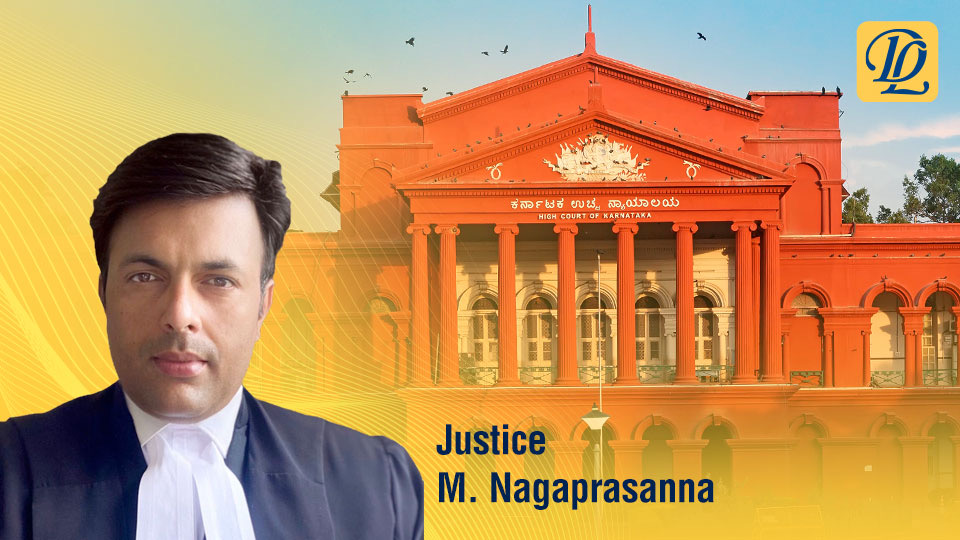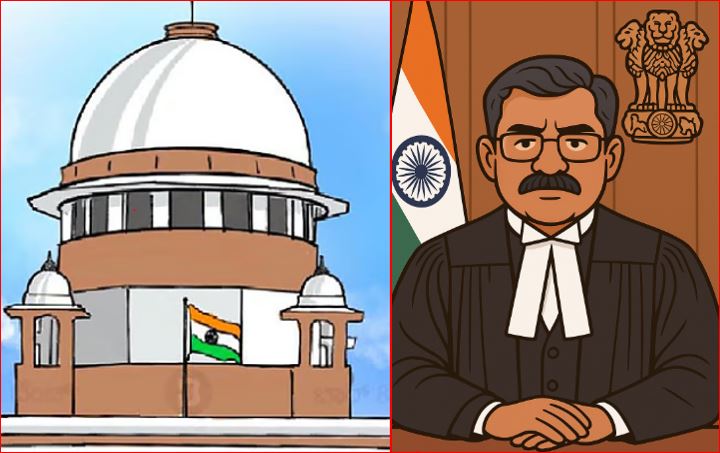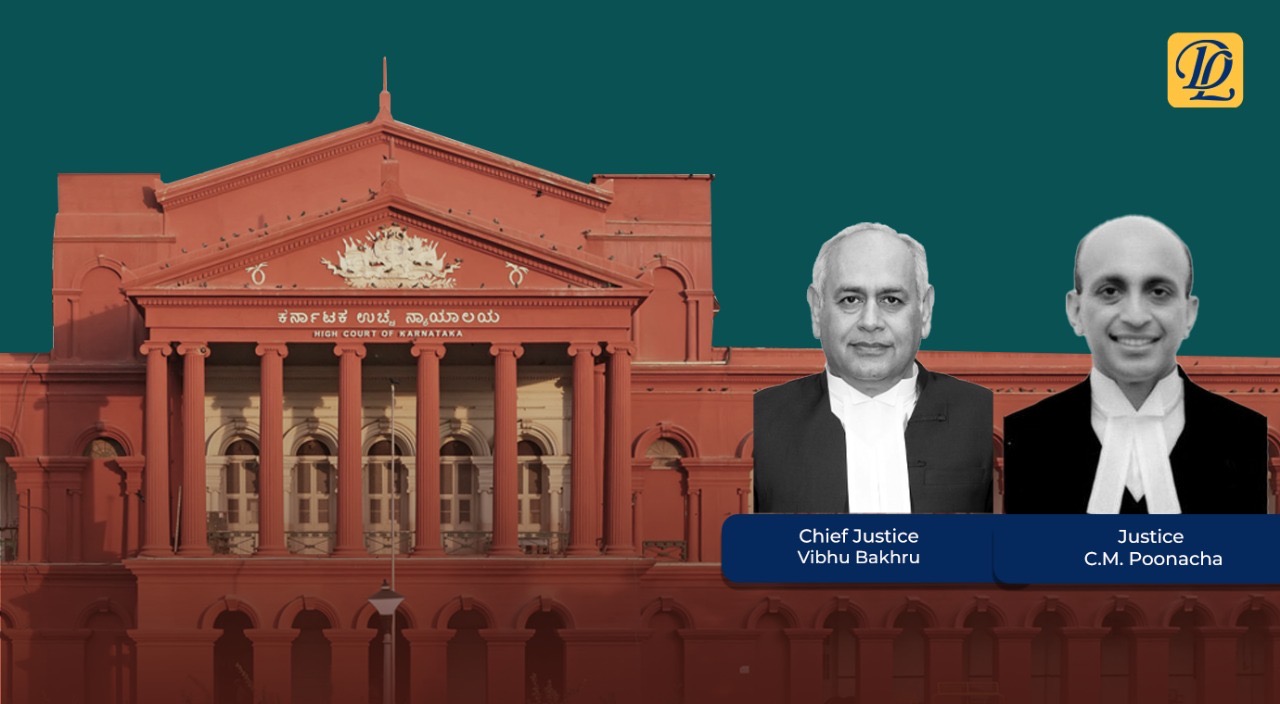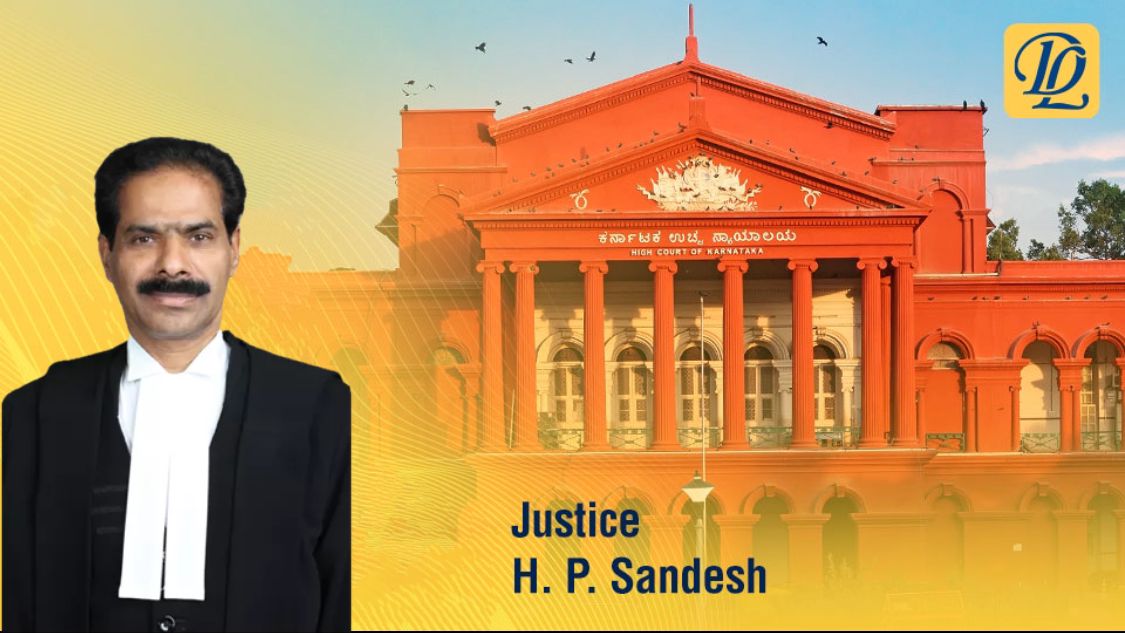''Stop fighting with each other and provide accommodation/ rehabilitation to slum dwellers''. Karnataka High Court orders two government wings to work together for the benefit of beggars and slum dwellers.
- 13-February-2024 14:45
Central Relief Committee Vs The Deputy Commissioner and others.
Writ Petition 55797 of 2017 decided on 8 February 2024.
Justice M. Nagaprasanna.
The Petitioner/Central Relief Committee constituted under the Karnataka Prohibition of Beggary Act, 1975 (hereinafter referred to as ‘the Act’ for short) is calling in question an order dated 22-09-2017 passed by the 1st respondent declaring a particular area as a slum. The preliminary notification so issued on 20-10-2014 is also called in question.
2. The facts adumbrated are as follows:-
The petitioner claims to be a Committee constituted by the Social Welfare Department for the purpose of administration and management of Beggars’ Rehabilitation Centre established for rehabilitation and welfare of beggars. It is the averment in the petition that the then State of Mysore (now Karnataka) in the year 1944 had acquired 311 acres of land in several survey numbers of Sajjepalya and Srigandhakavalu Villages in Yeshwanthpur Hobli, Bangalore North Taluk and had handed them over to Beggars’ Rehabilitation Centre. Out of the said land 63.02 acres of land at Sajjepalya Village was granted on lease for 30 years to Sumanahalli Leprosy Patients’ Rehabilitation Centre by the Government in terms of an order dated 05-12-1977. It is the averment that several unauthorized persons were in occupation of the land that was granted to Beggars Rehabilitation Centre and one such encroacher i.e., Sri. K.V. Govindaraju had approached this Court claiming regularization of his unauthorized occupation in W.P.No.11714 of 1987. This Court in terms of its order dated 25-01-1996 dismissed the writ petition which went up to the Apex Court only to meet failure.
15. It now becomes germane to notice the provisions of the 1973 Act. Section 3 reads as follows:
“3. Declaration of slum areas.- (1) Where the Government is satisfied, that,-
(a) any area is or is likely to be a source of danger to health, safety or convenience of the public of that area or of its neighborhood, by reason of the area being low-lying, insanitary, squalid, over-crowded or otherwise; or
(b) the buildings in any area, used or intended to be used for human habitation are,-
(i) in any respects, unfit for human habitation; or
(ii) by reason of dilapidation, over crowding, faulty arrangement and design of such buildings, narrowness or faulty arrangement of streets, lack of ventilation, light or sanitation facilities, or any combination of these factors, detrimental to safety, health or morals, it may, by notification, declare such area to be a slum area.
(2) In determining whether a building is unfit for human habitation, for the purposes of this Act regard shall be had to its condition in respect of the following matters, that is to say,-
(i) repair,
(ii) stability,
(iii) freedom from damp,
(iv) natural light and air,
(v) water-supply,
(vi) drainage and sanitary conveniences,
(vii) facilities for storage, preparation and cooking of food and for the disposal of waste water, and the building shall be deemed to be unfit as aforesaid, if it is so defective in one or more of the said matters that it is not reasonably suitable for occupation.”
Section 3 deals with declaration of slum areas. It is the power of the Government, if it is satisfied that any area is or is likely to be a source of danger to health, safety or convenience of the public of that area or its neighbourhood can be declared as a slum. Section 11 deals with slum clearance and re-development and reads as follows:
“11. Power to declare any slum area to be slum clearance area.- (1) Where the Government, on a report from the Board or the prescribed authority or the local authority concerned or the State Housing Board or an officer authorised by the Government for this purpose is satisfied as respects any slum area that the most satisfactory method of dealing with the conditions in the area is the clearance of such area and the demolition of all the buildings in the area, it may, by notification, declare the area to be a slum clearance area, that is to say, an area to be cleared of all buildings in accordance with the provisions of this Act:
Provided that before issuing such notification the Government shall call upon the owners of the lands and buildings in such slum area to show cause why such declaration should not be made and after considering the cause if any, shown by such owners, it may pass such orders as it may deem fit.
(2) Any part of the slum area or any building in the slum area which is not unfit for human habitation or dangerous or injurious to safety, health or morals may be excluded from the notification under sub-section (1) if the Government considers it necessary.
(3) The notification under sub-section (1) shall specify each of the buildings to be demolished and the area to be cleared.”
Whereupon a declaration under Section 3 the Government is empowered to clear such area, demolish the buildings therein and rehabilitate such slum dwellers. The procedure for demolition and execution of works for improvement of slum is all dealt with under the Act. Therefore, the State is statutorily empowered to declare an area as a slum. It is no doubt true that rehabilitation of beggars is imperative, but rehabilitation of slum dwellers cannot take a back seat. If what is observed in the proceedings of the Deputy Commissioner which declares 27 guntas of land for development and rehabilitation of slum, it would completely come within the power and the reason as prescribed under Section 3 of the Act. Therefore, no fault can be found with the action of the State to declare, the area of 27 acres by the impugned proceedings of the Deputy Commissioner.
16. The other submission of the learned senior counsel for the petitioner is that issuance of preliminary notification is not found in the Act and therefore, the entire proceedings are illegal. This submission is again unacceptable. Merely because it is a preliminary notification, it would not clothe the petitioner/Central Relief Committee constituted under the Act to seek annulment of proceedings on the score that preliminary notification is erroneously issued. The State is empowered to declare an area as a slum. The assertion of the petitioner to contend that it is its own land cannot be accepted. The effective implementation of the Act would come within the Social Welfare Department. It is a wing of the State. Effective rehabilitation of slum dwellers would come within the Slum Development Board, another wing of the State. One wing of the State fighting against the other wing has led to poor slum dwellers caught in the cross-fire who have not seen the light of the day of getting the houses constructed.
17. The learned counsel for the 3rd respondent has appended documents to his statement of objections to demonstrate that the land is being looted. The Central Relief Committee which claims to be in possession of the land has let several encroachers to encroach its land and is not pointing a finger at it, but is making hue and cry about 27 guntas of land being granted for rehabilitation of slum dwellers. It is rather surprising that one wing of the State is in squabble with the other wing of the State. It is submitted by the State that a dispute resolution mechanism is in place to resolve the dispute between any departments of the State. This could have been sorted out by the Government itself, but the Central Relief Committee chose to litigate. It is not a case where the Central Relief Committee is divested off the entire 63 acres that is allotted to them. What is taken away by the impugned action is barely 27 guntas, out of the 63 acres. The Central Relief Committee has kept the pot of litigation boiling for the last 7 years and no rehabilitation of the slum dwellers has taken place. If major portion of the land had been taken away, it would have been a circumstance altogether different, which is not the one in the case at hand. Therefore, the challenge is rendered unsustainable and a direction must ensue to speed up the construction in the 27 guntas of land declared to be a slum by the impugned action.
ORDER
(i) Writ Petition stands rejected.




